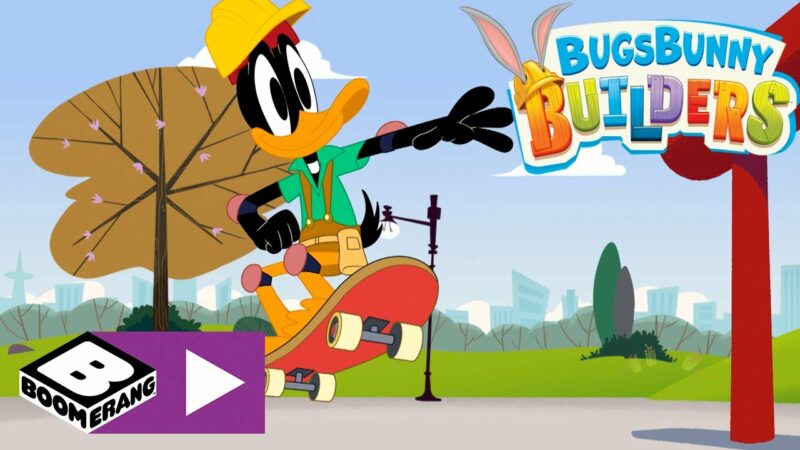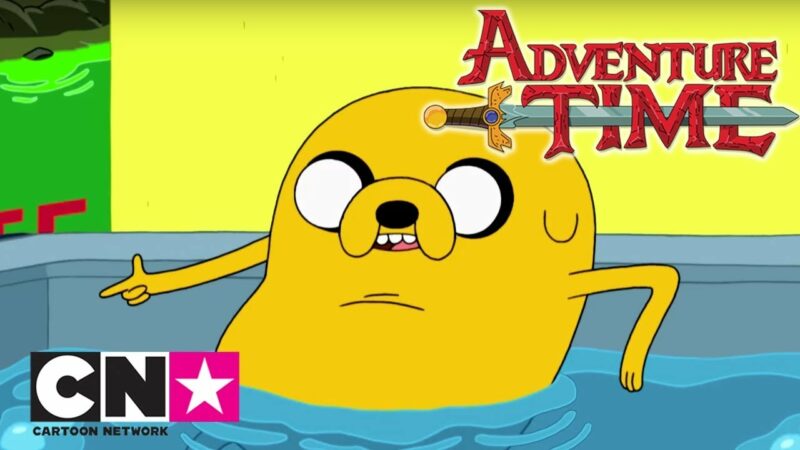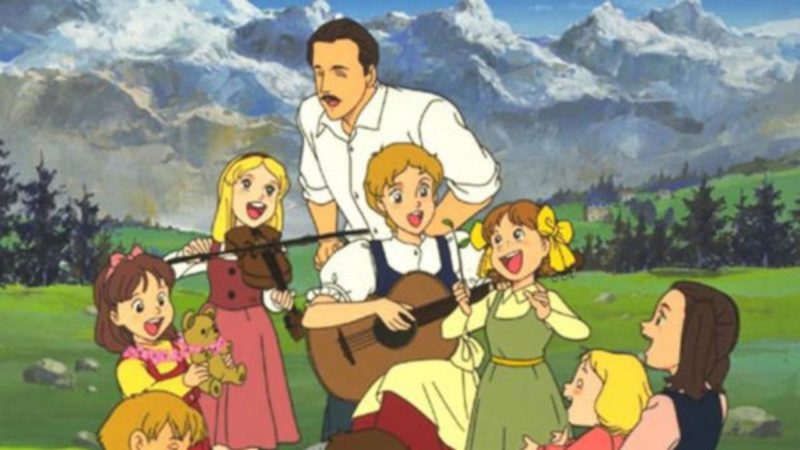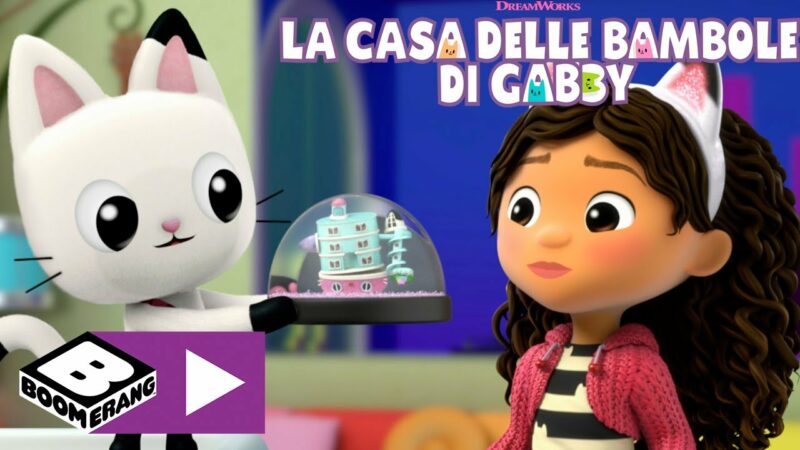Super Mario, the video game and cartoon character
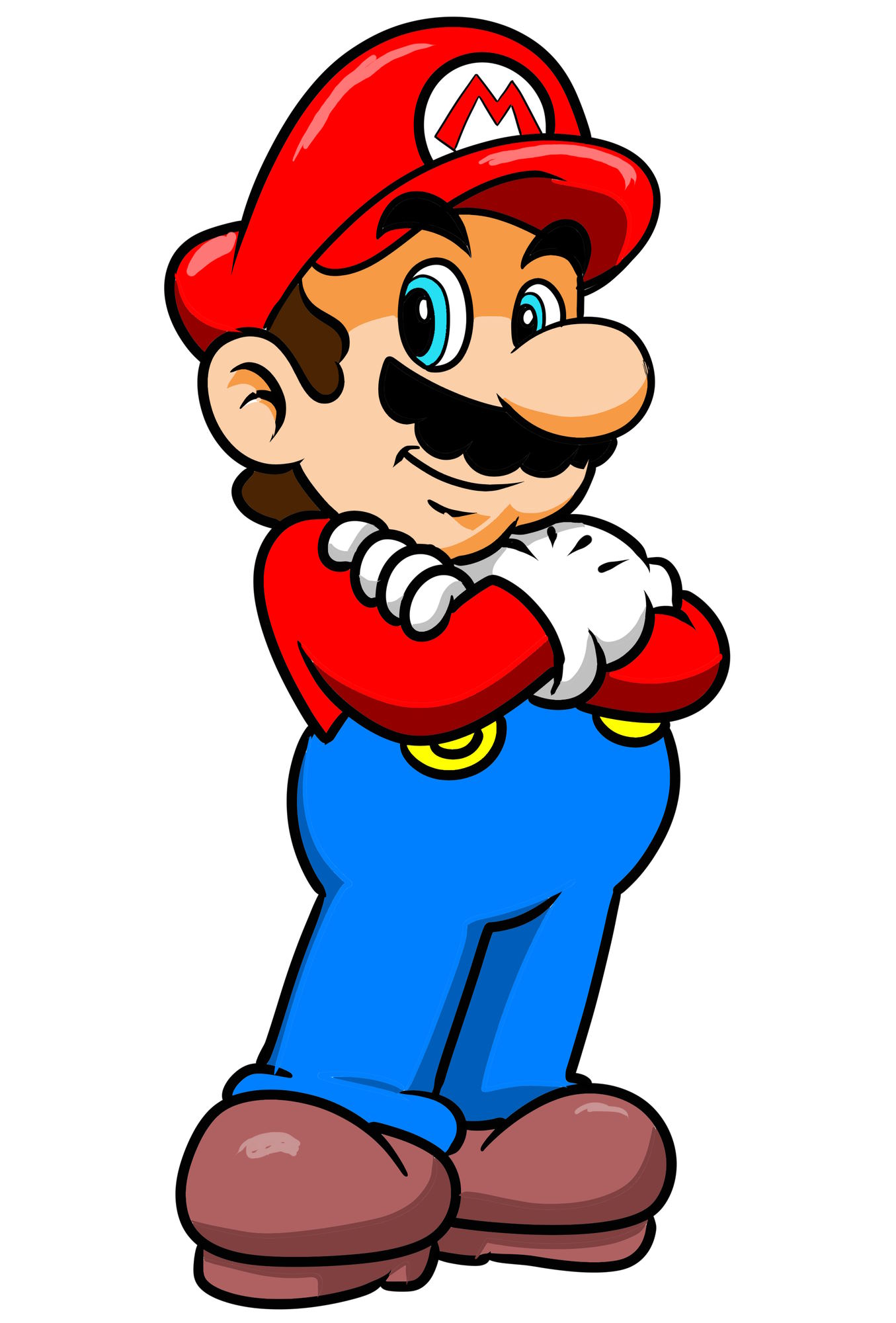
Super Mario is a character created by Japanese video game designer Shigeru Miyamoto. He is the protagonist of the video game series of the same name and the mascot of the Japanese video game company Nintendo. Super Mario has appeared in over 200 video games since his creation. Depicted as a short, pudgy Italian plumber who resides in the Mushroom Kingdom, his adventures generally center on rescuing Princess Peach, who has been kidnapped by the villain Koopa Bowser. Super Mario has access to a variety of power-ups that give him different abilities. Mario's twin brother is Luigi.
Super Mario first appeared as a player character in Donkey Kong (1981), a platform game. Miyamoto wanted to use Popeye as the protagonist, but when he couldn't get the licensing rights, he created Super Mario instead. Miyamoto expected the character to be unpopular and planned to use him for cameo appearances; originally named “Mr. Video ”, he was renamed Mario after Mario Segale, an American businessman. Super Mario's clothing and features were inspired by the setting of the video game Donkey Kong. He then began starring in the Super Mario series of platform games, beginning with the acclaimed Super Mario Bros. in 1985.
After Super Mario Bros., Mario started branching out into different genres. These include puzzle games like Dr. Mario, RPGs like Paper Mario and Mario & Luigi, and sports games like Mario Kart and Mario Tennis. He has appeared in other Nintendo properties, such as the Super Smash Bros. crossover fighting game series. Mario has also appeared in various animations, including three series produced by DIC Entertainment (voiced by Lou Albano and later Walker Boone), and was portrayed by Bob Hoskins in the 1993 film Super Mario Bros.. He will be voiced by Chris Pratt in the upcoming 2023 film adaptation.
Mario is almost unanimously considered the most famous character in the video game industry and an established pop culture icon. The Super Mario likeness has appeared in a variety of merchandise, such as clothing and collectibles, and people and places have been nicknamed after him. He has also inspired a significant amount of unofficial media. With over 750 million units sold worldwide, Super Mario is the best-selling video game franchise of all time.
History
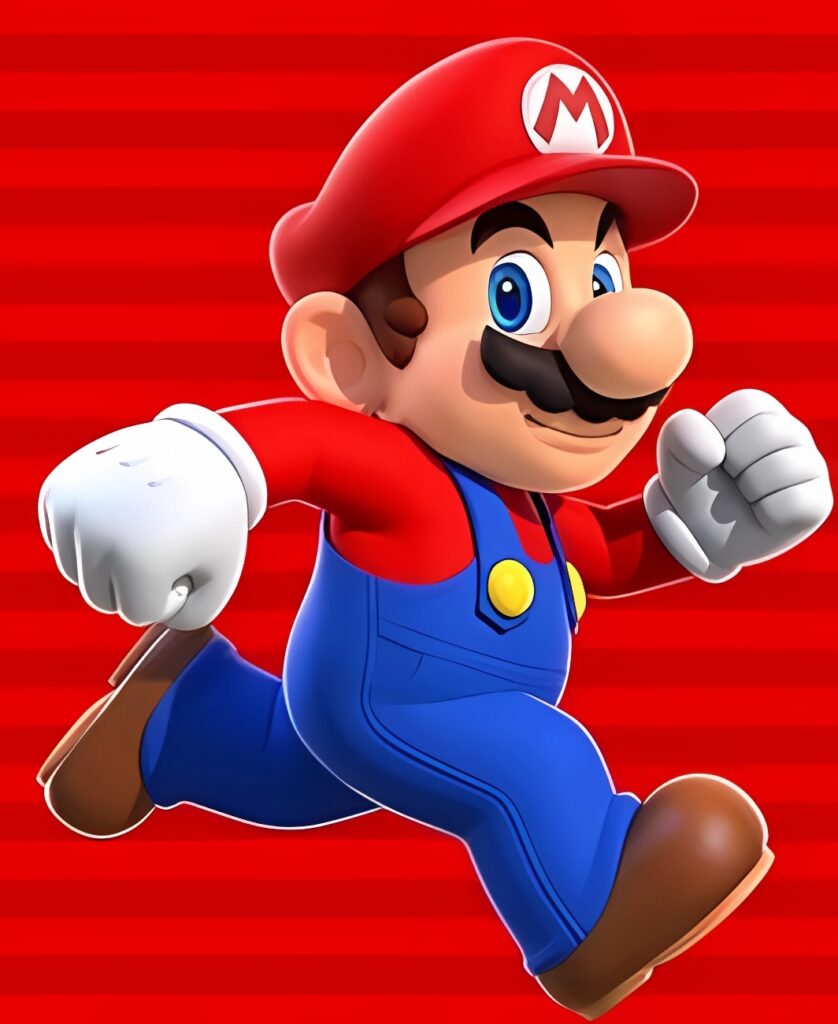
Shigeru Miyamoto created Mario during the development of Donkey Kong in an attempt to produce a successful video game for Nintendo; previous games, such as Sheriff, had not achieved the success of games such as Namco's Pac-Man. Initially, Miyamoto wanted to create a game using the characters of Popeye, Bluto and Olive. At the time however, as Miyamoto was unable to acquire a license to use the characters (and would not do so until 1982's Popeye), he would end up creating an unnamed player character, alongside Donkey Kong and Lady (later known as Pauline).
In the early stages of Donkey Kong, the objective of the game was to escape a maze, while Mario lacked the ability to jump. However, Miyamoto soon introduced jumping abilities for the player character, reasoning that “if you had a barrel rolling towards you, what would you do?
According to Miyamoto's account, Mario's profession was chosen to fit the game's design: since Donkey Kong takes place on a construction site, Mario has been transformed into a carpenter; and when he appeared again in Mario Bros., it was decided that he should be a plumber, because much of the game takes place in underground environments. Mario's character design, especially his large nose, draws on Western influences; once he became a plumber, Miyamoto decided to "put him in New York" and make him Italian, lightly attributing Mario's nationality to his mustache. Other sources have chosen Mario's profession of being a carpenter in an attempt to portray the character as an ordinary hard worker, making it easier for players to identify with him. After a colleague suggested that Mario more closely resemble a plumber, Miyamoto changed Mario's profession accordingly and developed Mario Bros., with the character in the sewers of New York City.
Due to the graphical limitations of the arcade hardware of the time, Miyamoto dressed the character in red overalls and a blue shirt to contrast with each other and the background, making his arm movements easily noticeable. A red cap was added to allow Miyamoto to avoid drawing the character's hairstyle, forehead, and eyebrows, as well as to get around the problem of animating his hair as he jumped. To give distinctly human facial features with limited graphics capabilities, Miyamoto drew a large nose and mustache, which avoided the need to draw a mouth and facial expressions. The omission of a mouth circumvented the problem of sharply separating the nose from the mouth with a limited number of available pixels.
Over time, Mario's appearance has become more defined; added blue eyes, white gloves, brown shoes, a red "M" in a white circle on the front of the hat, and gold buttons on the overalls. The colors of her shirt and his overalls were also switched from a blue shirt with red overalls to a red shirt with blue overalls. Miyamoto attributed this process to the different development teams and artists for each game as well as advances in technology.
List of Mario games for Nelsonic Game
Super Mario Bros. – June 1989
Super Mario Bros. 2 – 1989
Super Mario Bros. 3 – 1990 1992 (UK)
Super Mario Bros. 4 1991
Super Mario Race 1992
Donkey Kong 1994
The animated film
Super Mario Bros.: The Big Quest to Rescue Princess Peach! is a 1986 Japanese animated adventure comedy, based on the video game Super Mario Bros. (1985). Directed by Masami Hata and produced by Masakatsu Suzuki and Tsunemasa Hatano, the story centers on Mario and Luigi, who try to save Princess Peach from King Koopa.
It is one of the first two films based on a video game, along with Running Boy: Star Soldier's Secret which was released on the same day. It is the first isekai anime to involve a virtual video game world.
What the series is about?
Mario is playing on his Famicom late at night when he sees a woman on the TV screen calling for help due to enemies attacking her. She escapes by jumping off the TV and introduces herself as Princess Peach. King Koopa appears and follows her off the TV. Mario fights him, but is no match for Koopa, who successfully catches Peach and returns to TV. Mario discovers a small necklace Peach left on the floor.
The next day, while he and his brother Luigi work at their grocery store, Mario can't stop thinking about Peach and the necklace. Luigi states that the jewel on the necklace is said to lead its owner to the Mushroom Kingdom, a supposed land of treasure. A small dog-like creature wanders into the shop and snatches the necklace from Mario, prompting him and Luigi to chase after them and fall down a pipe.
When they emerge, a mushroom hermit reveals that he ordered the dog, Kibidango, to bring the brothers to him. He explains that they are now in the Mushroom Kingdom, which has been ravaged by King Koopa and his army. Angry that his marriage proposal was rejected by Peach, Koopa is turning the townspeople into inanimate objects and plans to force Peach to get married on Friday the 13th. The hermit reveals a legend that states that Mario Bros. can defeat Koopa and that they will have to find the three mystical power-ups to overcome his magic: the mushroom, the flower and the star. With the three power-ups hidden in the Mushroom Kingdom by Koopa's forces, the Mario Bros. set out to find them, led by Kibidango.
After a long journey with many perilous obstacles, the brothers eventually acquire all three upgrades. That night, Mario arrives at King Koopa's castle just as he is about to start the wedding. With the help of the three power-ups, Mario successfully defeats Koopa, breaking his spell and returning the Mushroom Kingdom to normal. When Mario returns Peach's necklace, Kibidango reverts to his true form, Prince Haru of the Flower Kingdom. Haru explains that he is Peach's boyfriend, but also explains that Koopa turned him into Kibidango to marry her instead of her. Though heartbroken, Mario wishes the couple well and promises to return if they ever need help, and as they accept it, he and Luigi begin their long journey home.
In a post-credits scene, King Koopa and his henchmen are now working at the brothers' grocery store as punishment.
Technical data
Direct by Masami Hata
Written by Hideo Takayashiki
Based on Nintendo's Super Mario Bros
Product by Masakatsu Suzuki, Tsunemasa Hatano
Cinematografia Horofumi Kumagai
Edited by Kenichi Takashima
Music by Toshiyuki Kimori, Koji Kondo
Manufacturing companies: Grouper Productions, Nintendo, Shochiku-Fuji Company
Distributed by Shochiku-Fuji Company
Exit date July 20 1986
Duration 61 minutes
Country Japan
Language Japanese


